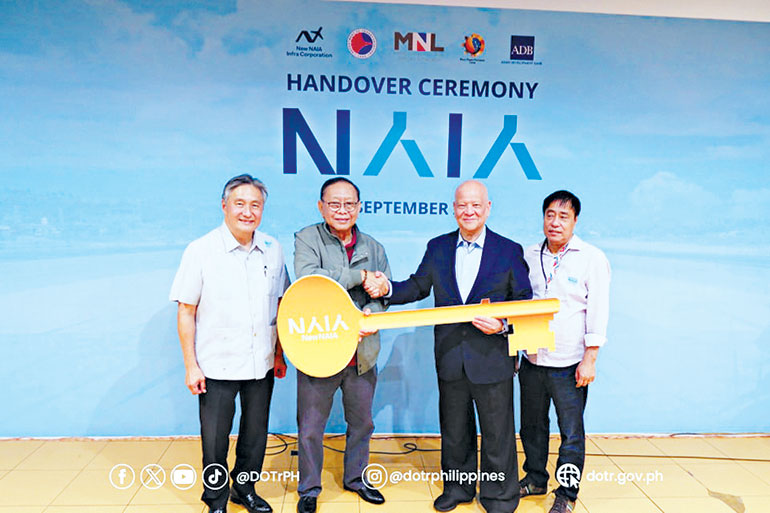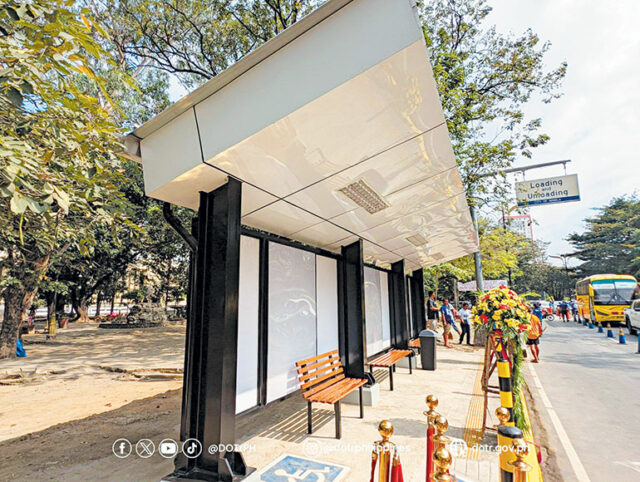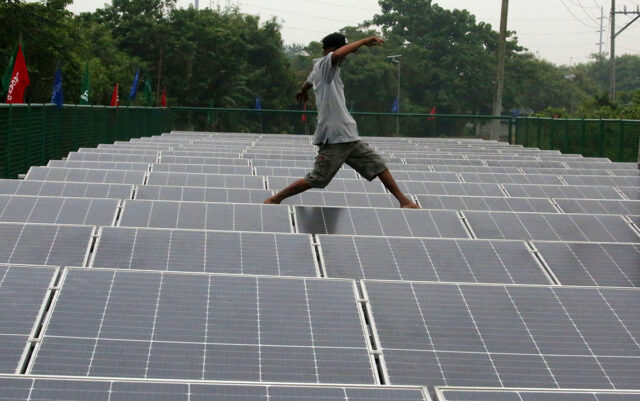Grab and BYD enter strategic partnership to expand electric vehicle fleet offering across Southeast Asia

Agreement offers a greater diversity of vehicles for drivers to choose from through fleet partners
Grab, a leading superapp in Southeast Asia, and BYD have announced a regional partnership to expand access to up to 50,000 BYD electric vehicles (EVs) to Grab’s driver-partners across Southeast Asia, while increasing the availability of green vehicles to Grab users.
Across Southeast Asia, high upfront costs remain a key barrier for EV adoption. Through this partnership, Grab and BYD look to boost the electrification of the transportation sector in Southeast Asia by providing Grab’s fleet partners and driver-partners with access to BYD vehicles at the most competitive rates, with extended warranties on the EV vehicles’ batteries. Drivers will have the option of renting the EVs from Grab’s fleet partners or opt for financing support through Grab’s car ownership schemes. The partnership supports Grab’s commitment to help driver-partners accelerate the transition to zero-emission modes of transport. In countries like Singapore and Thailand, Grab users can also choose to toggle on the “Eco-Friendly Ride” option, which will prioritize allocating green vehicles at no additional charge.
Liu Xueliang, General Manager of BYD Asia Pacific Auto Sales Division, said, “We are excited to partner with Grab as the leading on-demand transport provider in Southeast Asia and push forward the transition to electric vehicles in the region. BYD, as the world’s leading new energy vehicle manufacturer, will best integrate our technology with Grab’s, and we look forward to working with them to deliver a unique and unparalleled experience for their drivers and users. We continue to be dedicated to our goal of building a zero-emission ecosystem and we are committed to supporting Grab’s fleet and driver-partners. Through this collaboration, we are working together with Grab to realize the vision of cooling the earth by one degree.”
Deep technology integration to enhance efficiency and overall experience of Grab services
BYD and Grab will collaborate to facilitate deep IoT integration between the vehicles and Grab’s platform and services. Through this collaboration, Grab aims to deliver:
• Safer rides and a more intuitive driving experience for driver-partners: By installing the Grab driver application available in the head unit of BYD vehicles, drivers will be able to view their jobs, navigation and chats all at-a-glance on a larger screen, instead of having to toggle back and forth on their smartphones. Sensor and telemetry data from BYD vehicles will also be integrated directly into the Grab platform, providing real-time insights into drivers’ driving patterns and behaviors, which Grab can use to give guidance to drivers on how to improve their driving behaviour.
• Improved reliability: With data like wiper signals and travel speed feeding into the Grab platform in real-time, Grab will be able to infer more quickly and accurately external conditions such as weather and traffic. This data, when fed back into Grab’s algorithm is then used to guide drivers towards areas where there is likely greater demand for rides, ensuring that there are sufficient drivers to meet spikes in passenger bookings. Real-time location data from the BYD fleet will also further boost the accuracy of Grab’s backend system in deriving a more precise estimated time of arrival (ETA) for a ride.
• Better navigation and routing: Both companies aim to leverage Grab’s hyperlocal map data and services to facilitate smoother and more efficient journeys for BYD drivers. This collaboration could also enable Grab to collect valuable road and traffic data from the vehicles, potentially enhancing its mapping services.
The partnership spans Indonesia, Malaysia, Philippines, Singapore, Thailand and Vietnam, and covers a range of models including the DENZA D9, BYD ATTO3, BYD SEAL, and BYD M6 cars. Grab intends for the DENZA, the premium electric vehicle brand from BYD, to become the cornerstone of its GrabExec fleet featuring the DENZA D9 luxury seven-seater electric MPVs. These vehicles are designed with state-of-the-art features, to offer unparalleled comfort and luxury. By integrating the DENZA D9 into its fleet, Grab aims to set a new standard in executive transportation, anchored on convenience, style, and sustainability.
Chuck Kim, Managing Director, Group Business Development, Grab, said, “Sustainable growth in Southeast Asia is a priority for us and we are always looking to improve our offerings to both our driver-partners and Grab users. This collaboration enables us to drive the transition to EVs forward by lowering the financial barriers that are often associated with EVs, and in the long run deliver economic benefits to our driver-partners which may include fuel cost savings. We are confident that a reliable partner like BYD who are committed to delivering high-quality vehicles and services allows us to showcase the benefits of EVs and make green transportation an accessible option to everyone.”
Spotlight is BusinessWorld’s sponsored section that allows advertisers to amplify their brand and connect with BusinessWorld’s audience by publishing their stories on the BusinessWorld Web site. For more information, send an email to online@bworldonline.com.
Join us on Viber at https://bit.ly/3hv6bLA to get more updates and subscribe to BusinessWorld’s titles and get exclusive content through www.bworld-x.com.


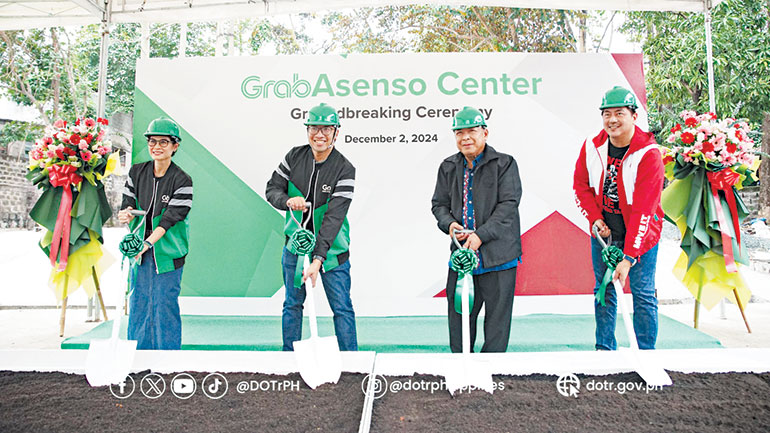
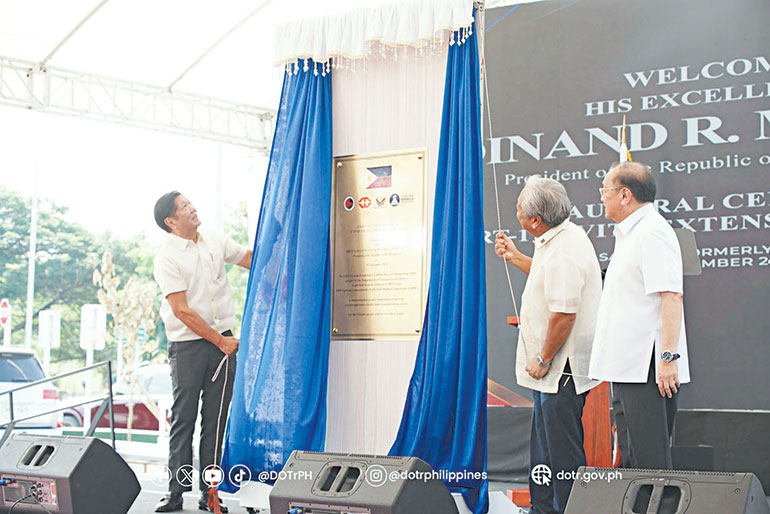
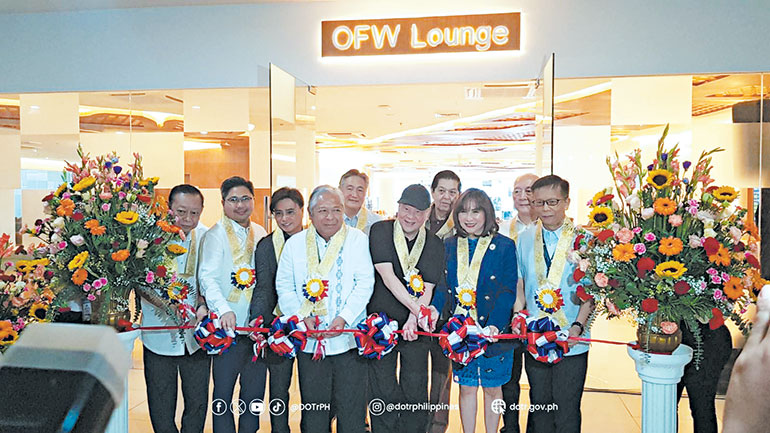
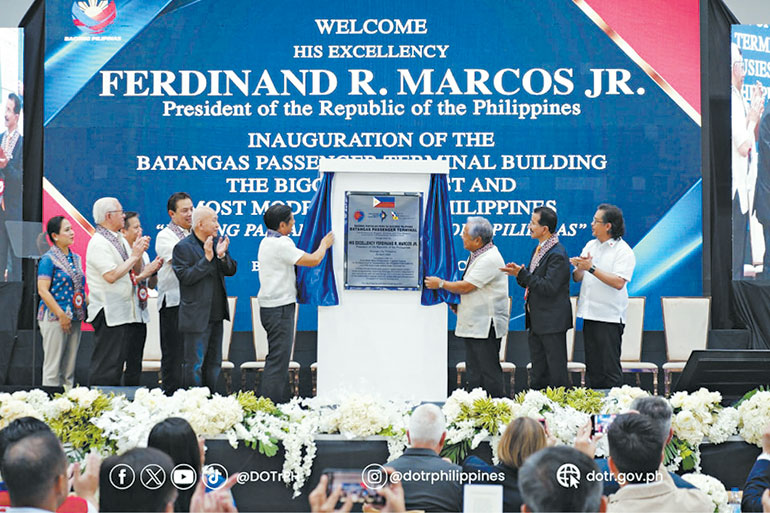
 Railways in steady progress
Railways in steady progress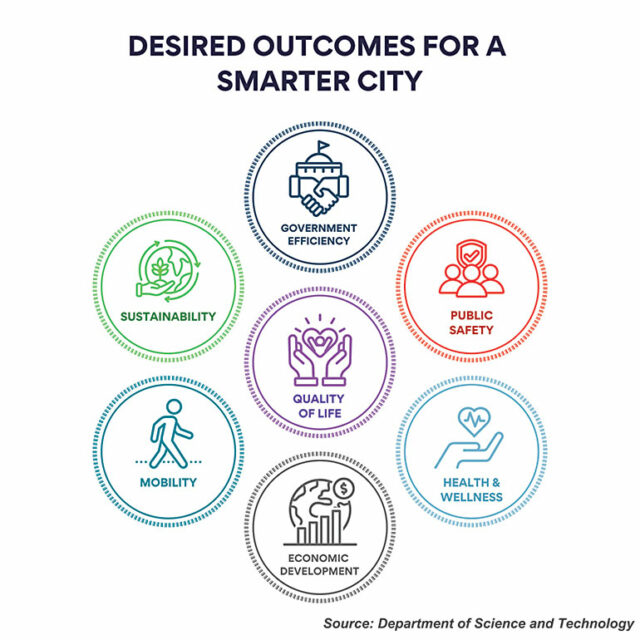

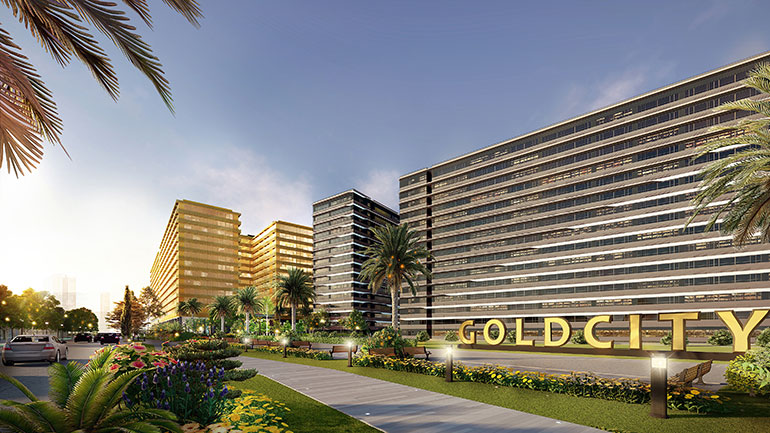
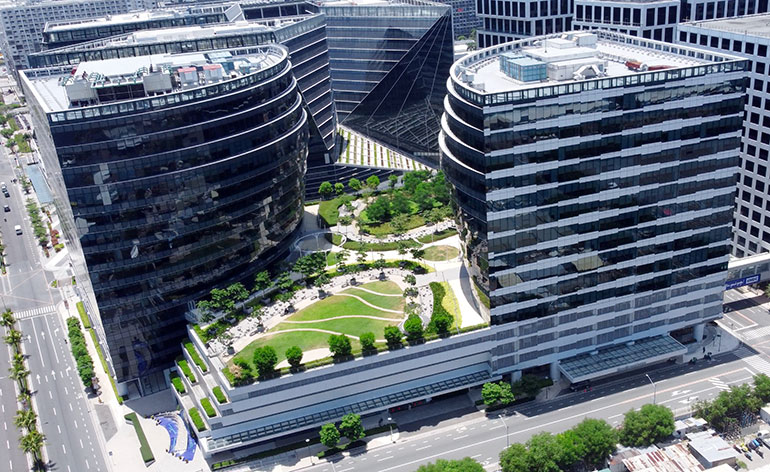

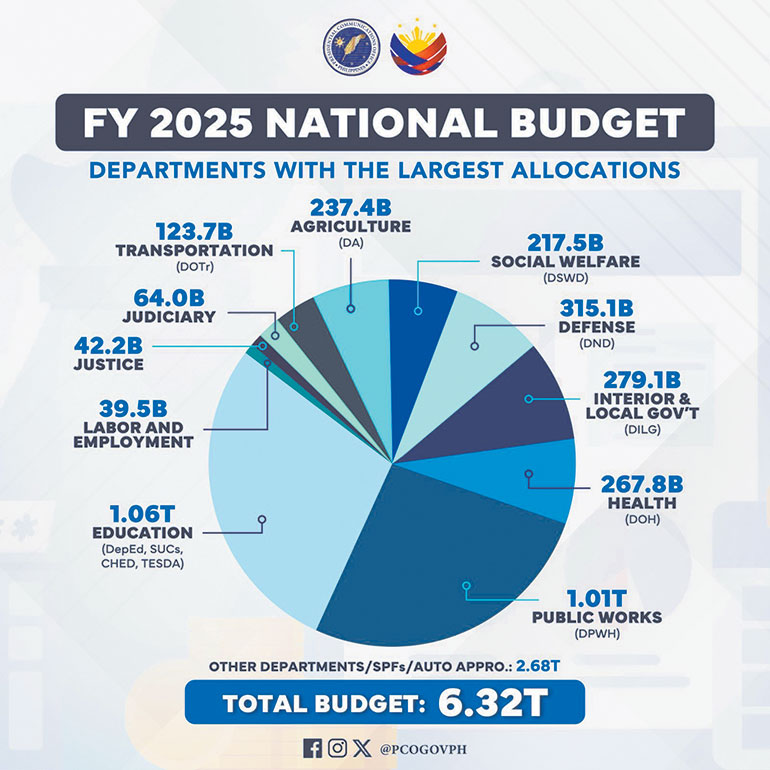
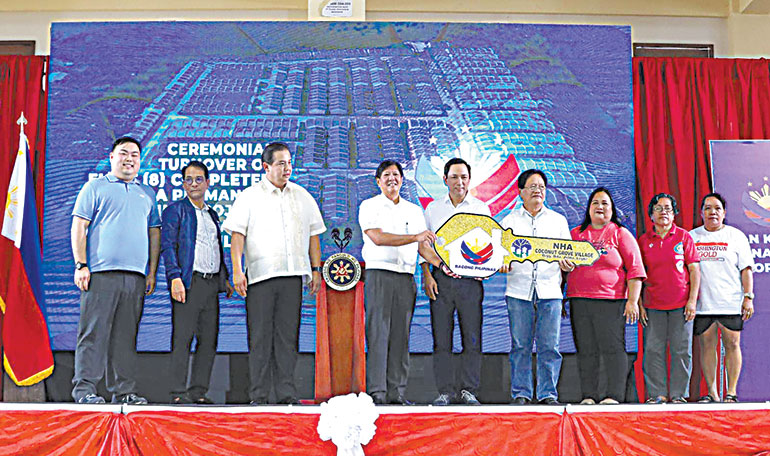
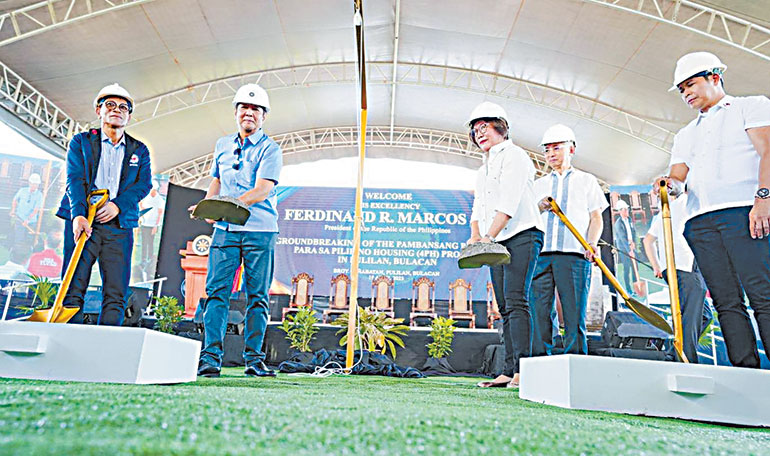

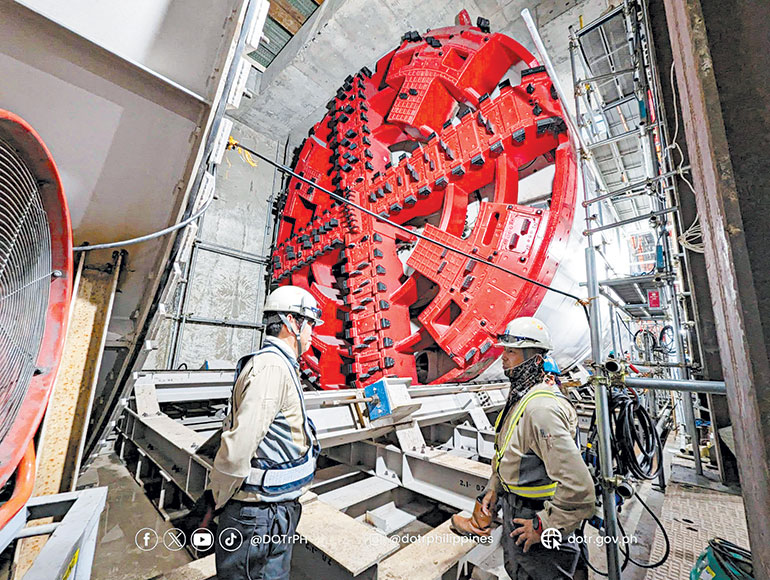
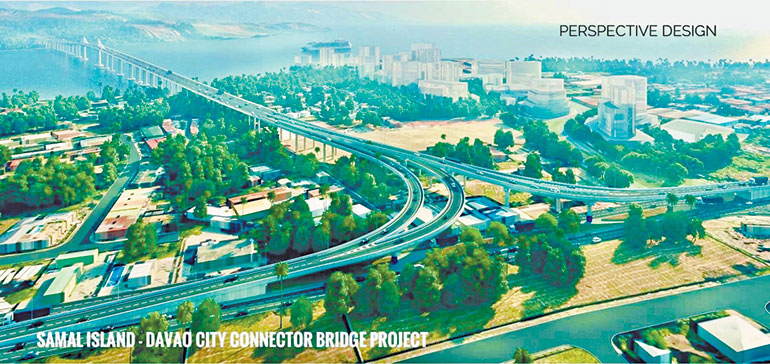
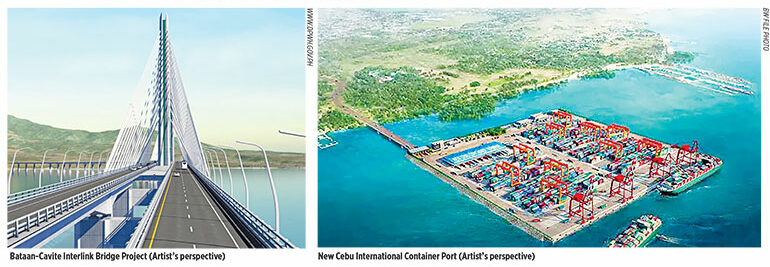 Alongside its efforts to enhance land connectivity, the DoTr is also prioritizing the development of the country’s sea infrastructure to support maritime trade and travel. Among the department’s priority projects is the New Cebu International Container Port (NCICP), which aims to improve the Cebu Base Port’s cargo handling capacity and reduce logistics costs.
Alongside its efforts to enhance land connectivity, the DoTr is also prioritizing the development of the country’s sea infrastructure to support maritime trade and travel. Among the department’s priority projects is the New Cebu International Container Port (NCICP), which aims to improve the Cebu Base Port’s cargo handling capacity and reduce logistics costs. However, slight reductions in the 2025 budget have raised concerns among some Filipinos, as they could potentially delay the completion of certain key projects. DoTr Secretary Jaime J. Bautista denied these claims in a press briefing in Malacañang on Jan. 7.
However, slight reductions in the 2025 budget have raised concerns among some Filipinos, as they could potentially delay the completion of certain key projects. DoTr Secretary Jaime J. Bautista denied these claims in a press briefing in Malacañang on Jan. 7.


 The 147-kilometer North-South Commuter Railway (NSCR) is set to offer a long-distance transport and connectivity across three regions in Luzon. With the capacity to serve 800,000 passengers, the project seeks to bring more access to high-quality passenger rail service, reducing lengthy travel time between North and South Luzon from four hours to two hours.
The 147-kilometer North-South Commuter Railway (NSCR) is set to offer a long-distance transport and connectivity across three regions in Luzon. With the capacity to serve 800,000 passengers, the project seeks to bring more access to high-quality passenger rail service, reducing lengthy travel time between North and South Luzon from four hours to two hours.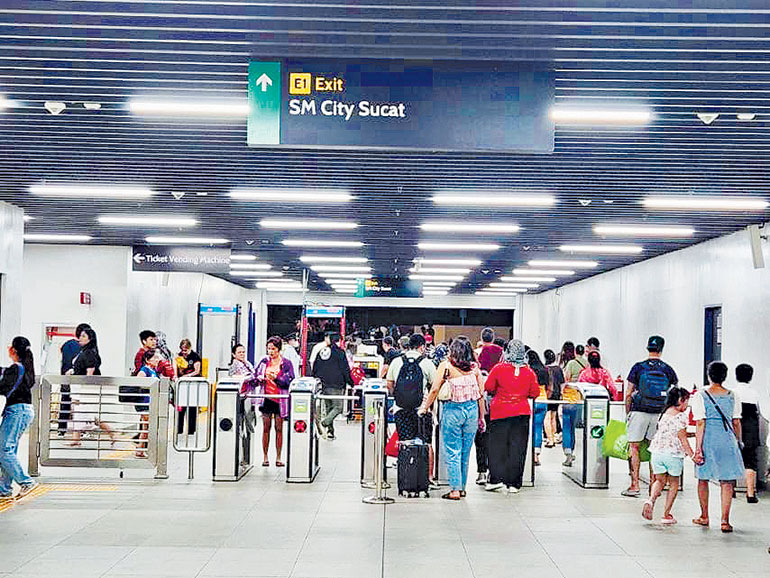
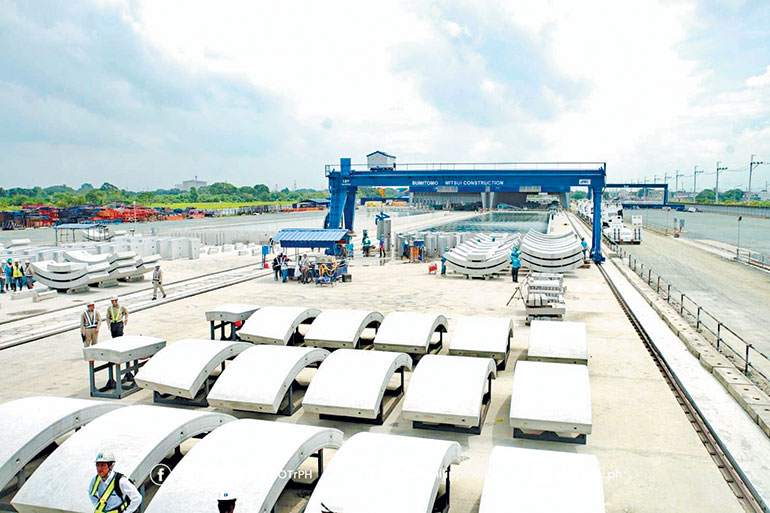

 Urgency of climate resilience
Urgency of climate resilience Specific goals of the United Nations Development Program to mitigate climate change include shifting away from fossil fuels, improving energy efficiency, changing agricultural practices, restoring and conserving critical ecosystems, and creating a supportive environment.
Specific goals of the United Nations Development Program to mitigate climate change include shifting away from fossil fuels, improving energy efficiency, changing agricultural practices, restoring and conserving critical ecosystems, and creating a supportive environment.
